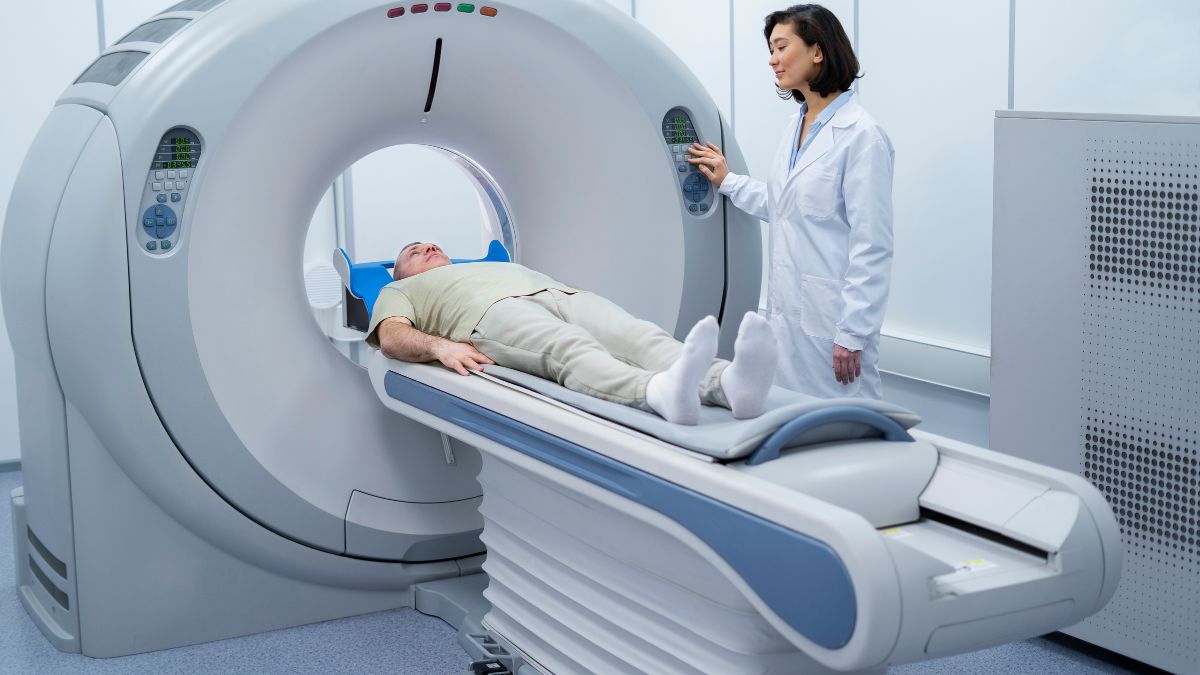
Cardiovascular diseases (CVDs) constitute a significant global health challenge, responsible for 32% of all global deaths, with heart attacks and strokes accounting for 85% of these fatalities. It is concerning to note that more than 75% of deaths from CVD occur in low and middle income nations. Furthermore, 38% of fatalities from early noncommunicable diseases (diseases affecting people under 70) in 2019 were linked to CVDs.
Table of Content:-
The World Health Organisation (WHO) estimates that one-fifth of the world's heart disease cases are in India. Actually, younger people in India have become more susceptible to heart disease, which has affected the country's labour force and productivity.
Talking to the team of OnlyMyHealth, Dr Amit Bhushan Sharma, Director and Unit Head Cardiology, Paras Health, Gurugram, shared "Most CVDs can be considerably avoided by addressing behavioural risk factors such as excessive alcohol intake, poor food, obesity, physical inactivity, and tobacco use."

He added, "Early detection is essential for prompt intervention with medication and counselling. Early detection of CVDs enables the effective management of the condition by the application of lifestyle changes, preventative measures, and appropriate medical therapies. The burden of CVDs can be significantly reduced by emphasising early identification and preventative techniques."
Role Of Predictive Models In Improving Cardiovascular Health
Predictive models play a pivotal role in revolutionising proactive heart health management by identifying individuals at risk and intervening early to prevent the onset or progression of heart disease, shared Dr Sharma.
These models use a variety of risk factors, such as lifestyle decisions, medical history, and genetic predisposition, to forecast a person's chance of experiencing cardiovascular problems. This early identification allows for timely intervention strategies.
Also Read: World Heart Day 2020: How Tele-Cardiology Can Help in Pandemic Times

"Novel biomarker assessments, cardiac CT scans, and coronary artery calcium scoring are examples of advanced imaging modalities that make it possible to identify underlying cardiac pathology before symptoms appear. In order to stop or delay the progression of heart disease, healthcare professionals can apply preventative treatments and lifestyle modifications when heart disease is detected early," suggested Dr Sharma
The use of artificial intelligence algorithms and prediction models in determining cardiovascular risk is becoming more and more important, he informed. These models forecast a person's chance of acquiring heart disease by analysing large quantities of data and combining several risk factors. "By supporting healthcare professionals in making well-informed decisions on patient treatment regimens and lifestyle recommendations, these tools help to improve the management and prevention of disease," he said.
Personalised guidance becomes essential for those who are recognised by prediction algorithms as high-risk individuals. These models ensure continuous monitoring with continuing support, enabling individuals to adhere to their health objectives and make necessary adjustments as needed.
Concluding his statement, Dr Sharma shared that the integration of predictive cardiology in healthcare systems significantly contributes to reducing the burden of heart disease in the country. Early identification of risk, implementation of preventive strategies, and ongoing monitoring are essential components of this approach. By leveraging advanced technologies, risk assessment tools, and patient education, predictive cardiology empowers individuals to take control of their cardiovascular health, ultimately leading to improved outcomes and a decreased incidence of heart disease.
Also watch this video
How we keep this article up to date:
We work with experts and keep a close eye on the latest in health and wellness. Whenever there is a new research or helpful information, we update our articles with accurate and useful advice.
Current Version